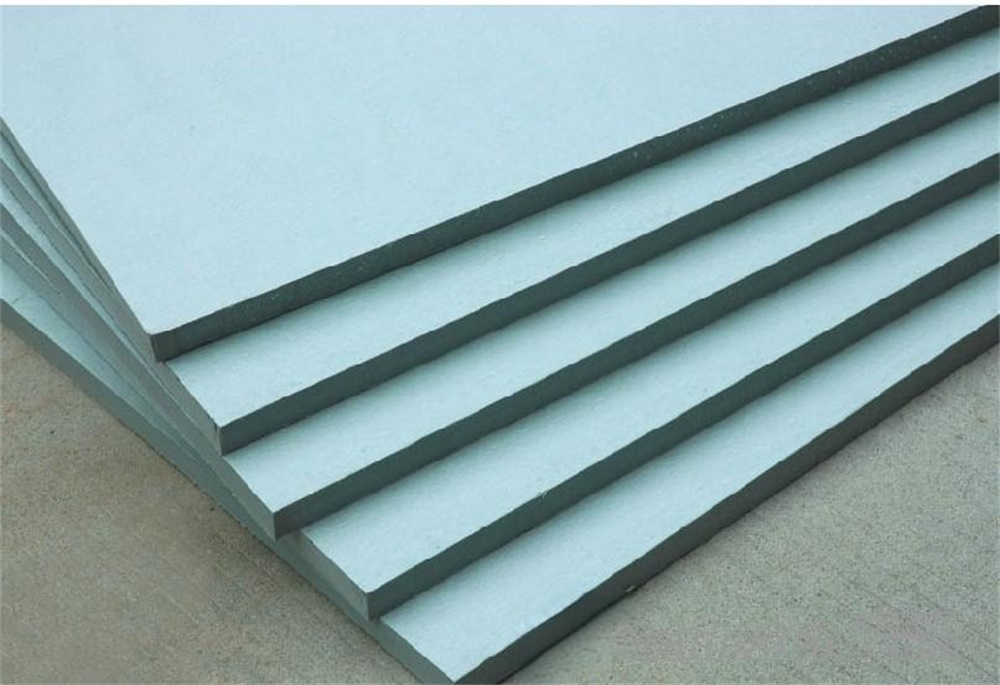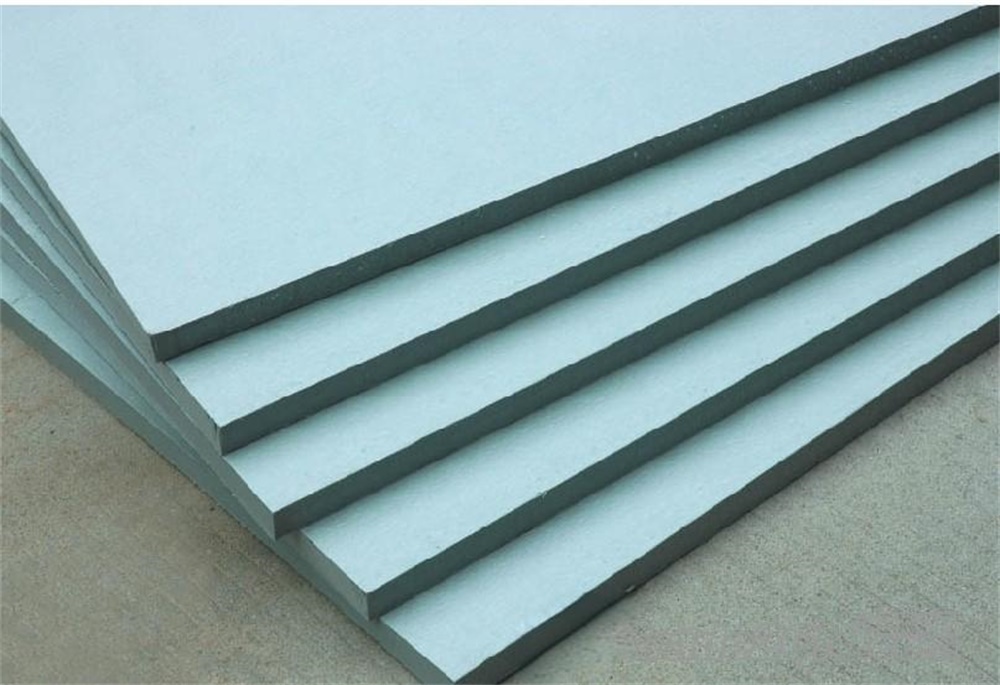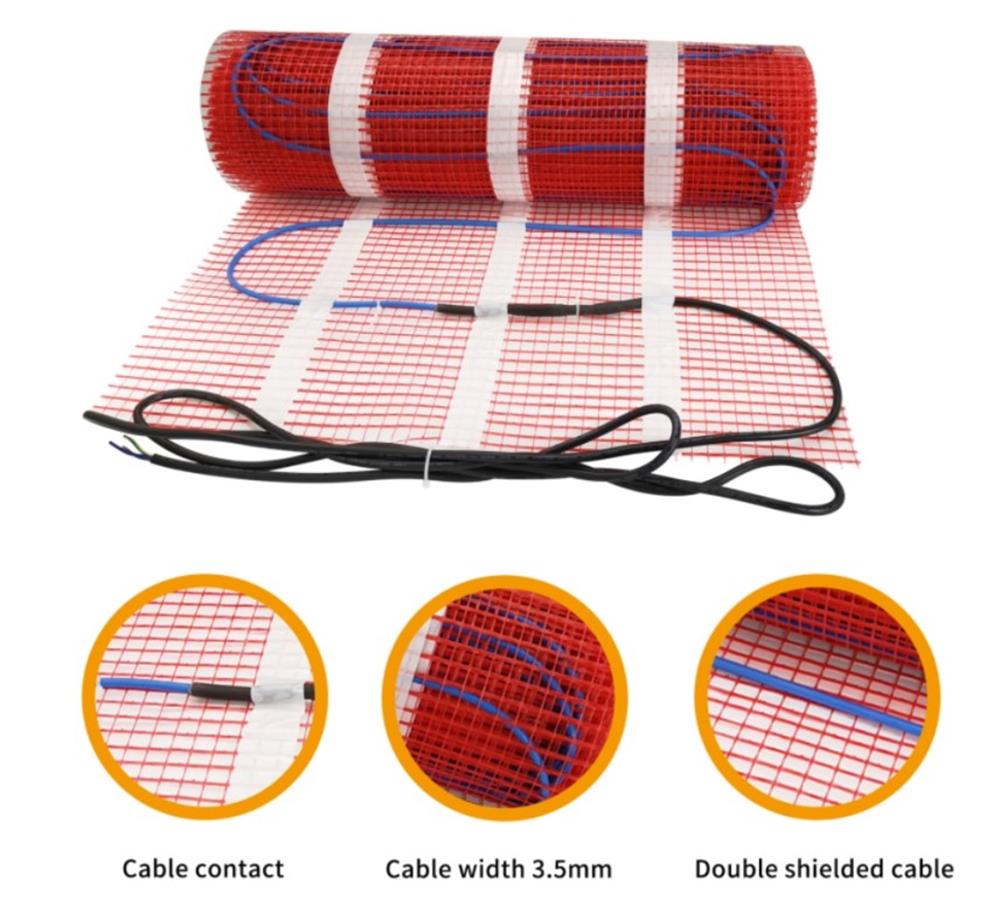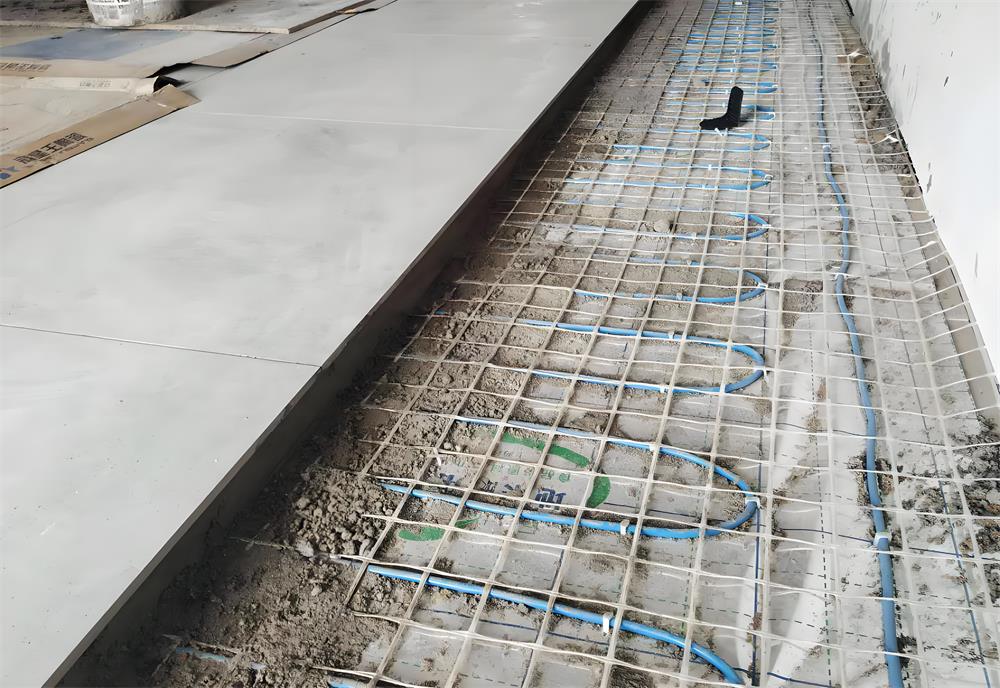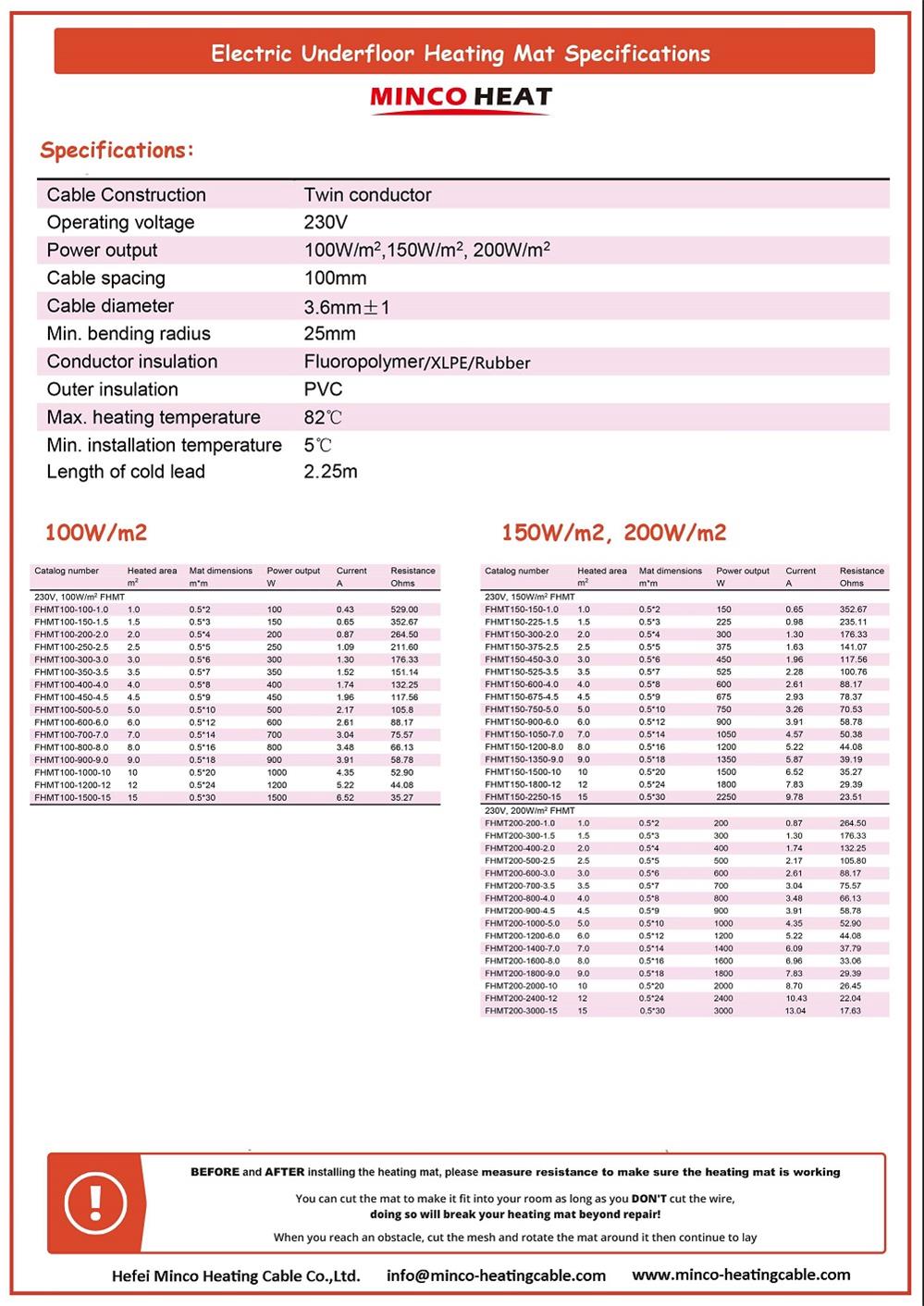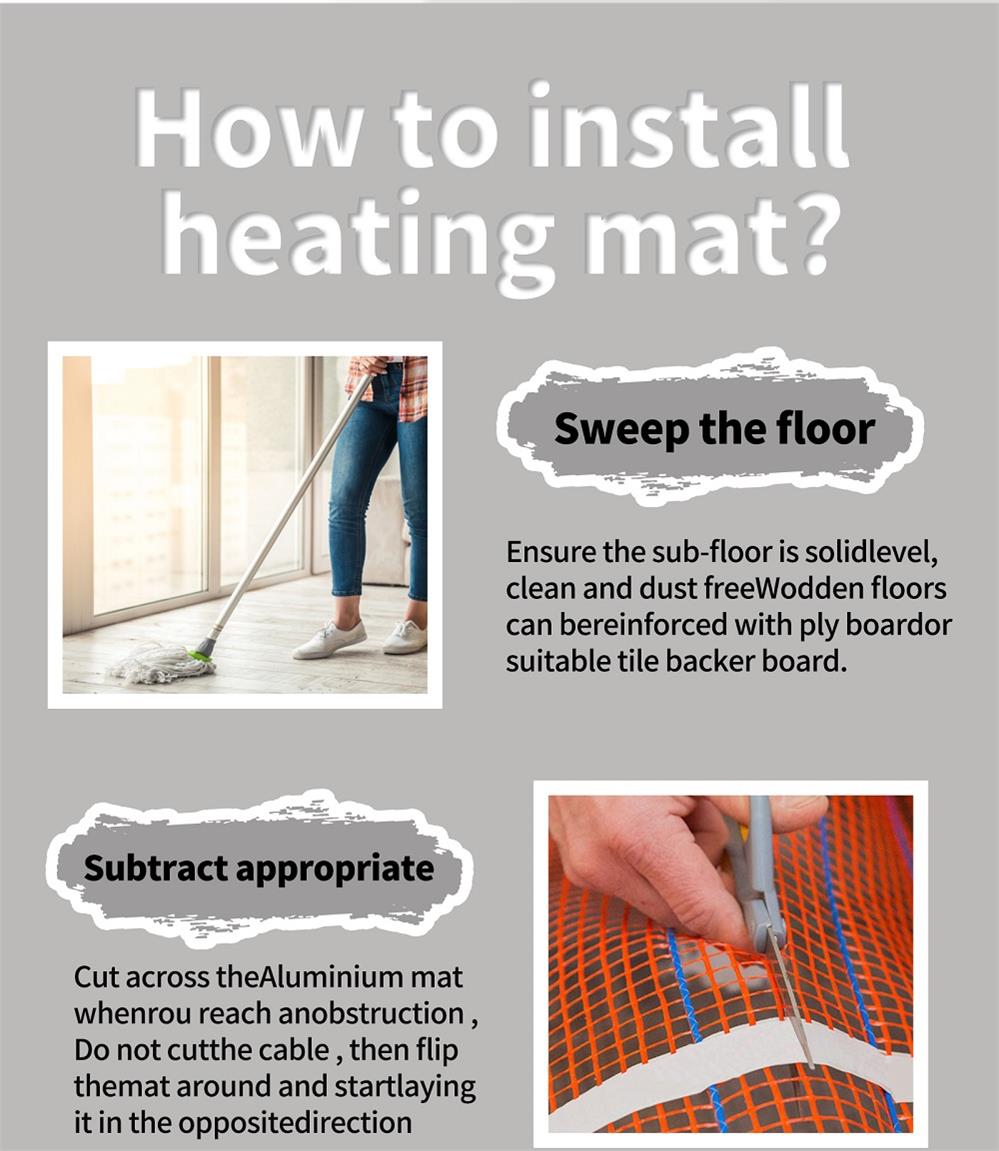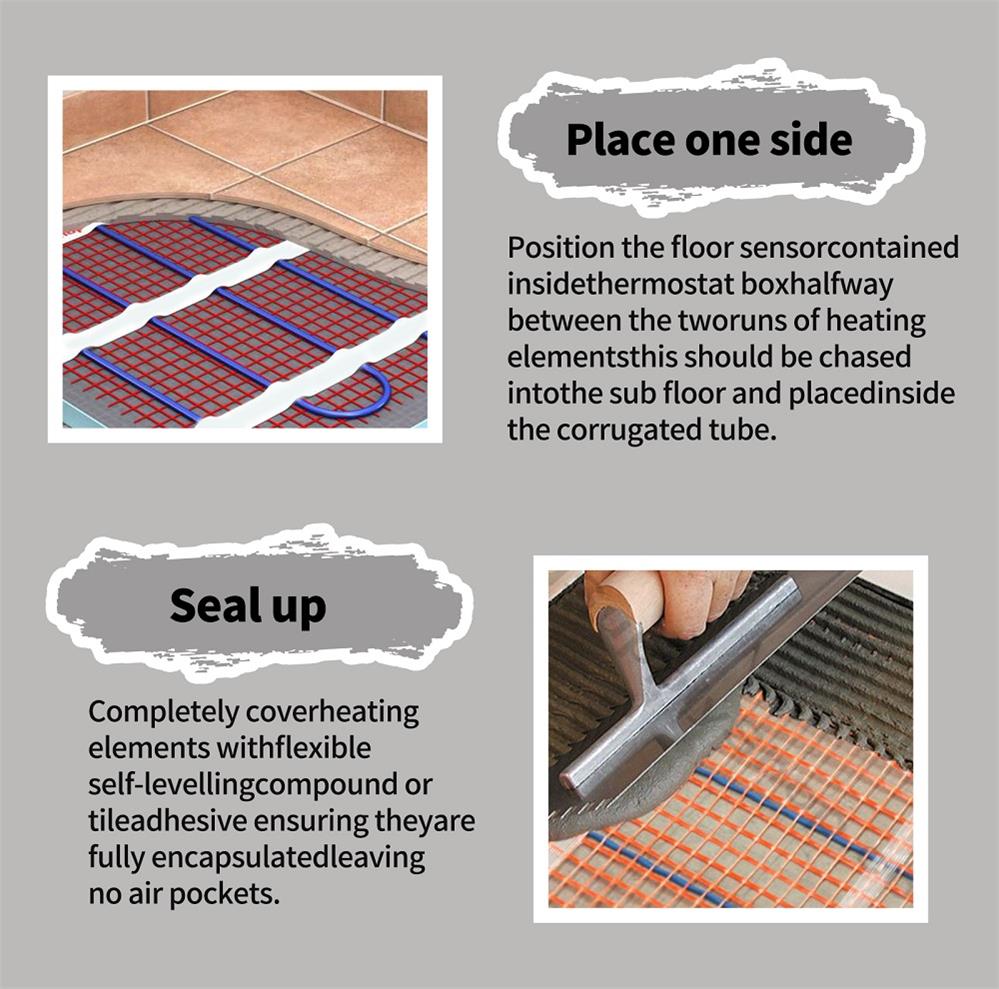Electric heating floor heating mat as a modern home comfort solution has become more and more popular in recent years. Not only do they provide even heat distribution, they also save space and reduce dust and allergen accumulation. However, for owners considering installing electric floor heating pads, assessing their cost-effectiveness is an important decision factor. This paper will discuss the initial installation cost, operation cost and long-term energy saving and economy of electric heating floor heating pad in detail.

The cost of installing an electric floor heating pad is affected by a number of factors, including the size of the house, the type of flooring and the complexity of the installation. Electrically heated floor heating pads are generally less costly than water heating systems because there is no need to install a boiler and piping system. However, installation costs will also vary depending on the brand of floor heating mat chosen and the quality and efficiency of the installation service.

The operating cost of electric heating floor heating pad mainly depends on the local electricity cost and the frequency of use of the system. Since electricity prices can vary significantly from region to region, operating costs vary accordingly. The energy efficiency of electric floor heating pads and the accuracy of thermostats also affect operating costs, as an efficient system reduces energy waste.

The energy saving efficiency of electric heating floor heating pad is an important part of its cost efficiency. Because the floor heating pad provides uniform heating from the floor to the room, it can reduce heat loss and improve thermal efficiency. Compared to traditional forced air heating systems, electric heating floor heating pads do not require a lot of energy to push the air flow, thus reducing energy consumption. In addition, underfloor heating pads can operate at lower temperatures because the heat is transferred directly to the living space rather than through the air.

Although the initial installation cost of electric heating floor heating pads may be higher than that of traditional heating systems, the long-term energy saving benefits may offset this additional cost. Floor heating pads have a long service life, low maintenance costs, and are unlikely to require frequent replacement or upgrades. In addition, electrically heated underfloor heating pads can increase the value of a home, making it a potential return on investment.



